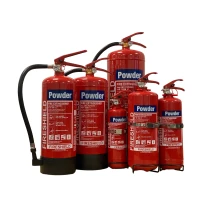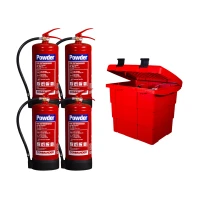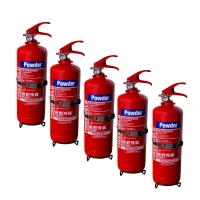
Need assistance?
Need Assistance? Call Us 0330 058 0631





















 Book a service
Book a service

Decide The Best Fire Extinguisher For Your Vehicle
Dry powder fire extinguishers are crucial for Heavy Goods Vehicles (HGVs). In fact, a minimum of one portable 2kg dry powder fire extinguisher is recommended for lorries and trucks in the UK. This 2kg dry powder aids in addressing various fire risks encountered on the road, spanning Class A involving solids such as wood, paper and cloth, Class B involving flammable liquids and Class C involving flammable gas fires.
For HGVs transporting hazardous materials, adherence to CDG (Carriage of Dangerous Goods) regulations is essential. These regulations specify the minimum dry powder quantity based on the mass of the vehicle. For instance, a lorry exceeding 7.5 tonnes would necessitate a 2kg dry powder fire extinguisher in the cab, along with an additional 6kg dry powder fire extinguisher stored somewhere else within the vehicle.

Taxis and other private hire vehicles must comply with legal regulations mandating the presence of both a fire extinguisher and a fire aid kit. The specific capacity of the fire extinguisher needed varies based on the regulations set forth by the local vehicle licensing authority.
For private hire vehicles capable of accommodating more than nine passengers, a 2ltr AFFF foam extinguisher is stipulated by law. Typically, 2ltr AFFF fire extinguishers are advised due to their effectiveness and performance when tackling Class A and B fires.
No matter what vehicle you’re using, you need to make sure that your extinguisher is safely secured using an appropriate bracket to ensure that they don’t get damaged or pose a risk to you during travel.
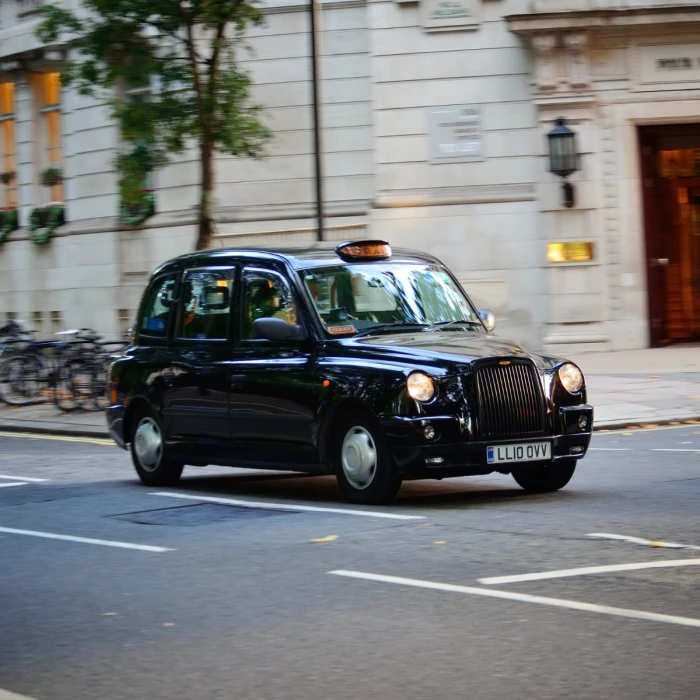

ex vat
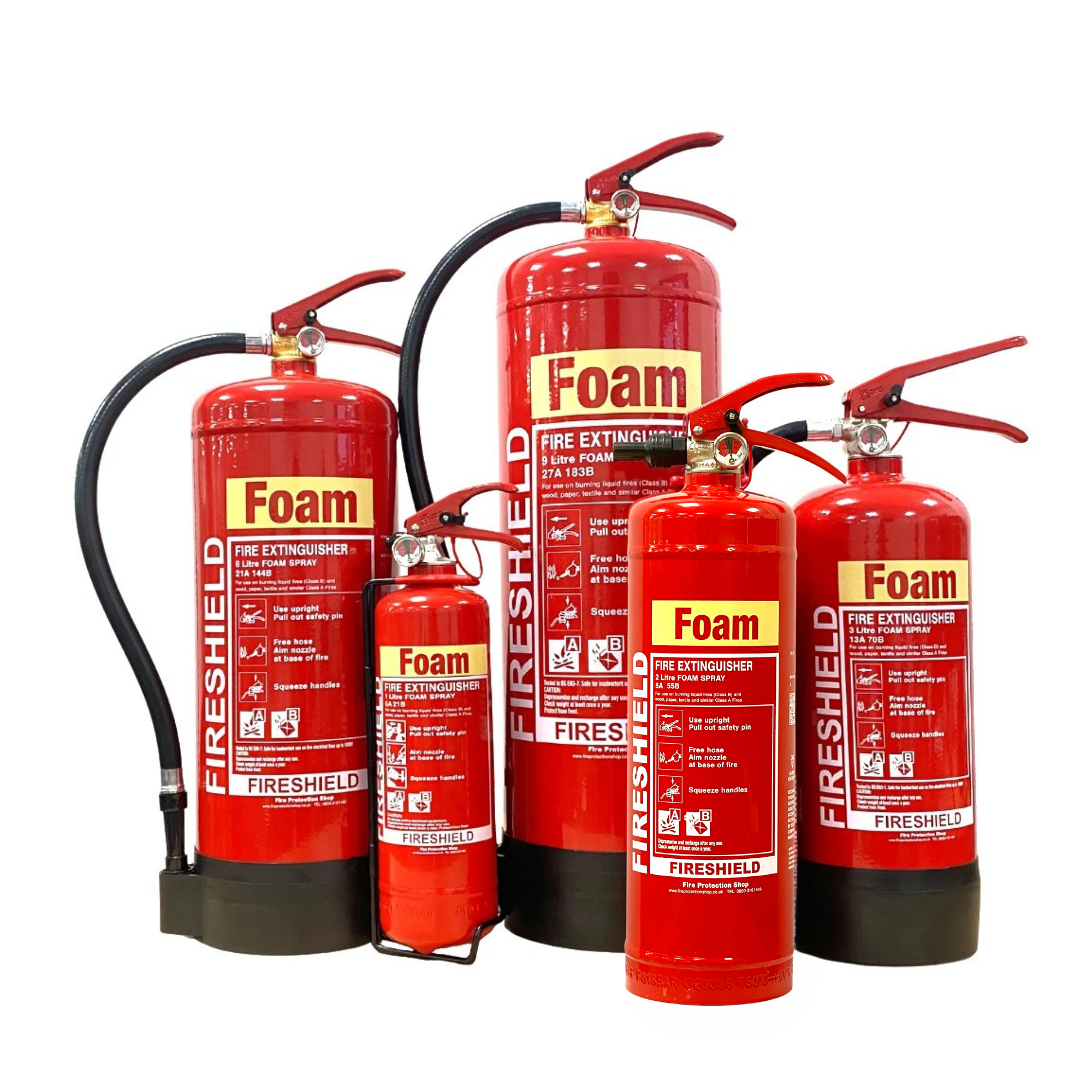
ex vat

ex vat
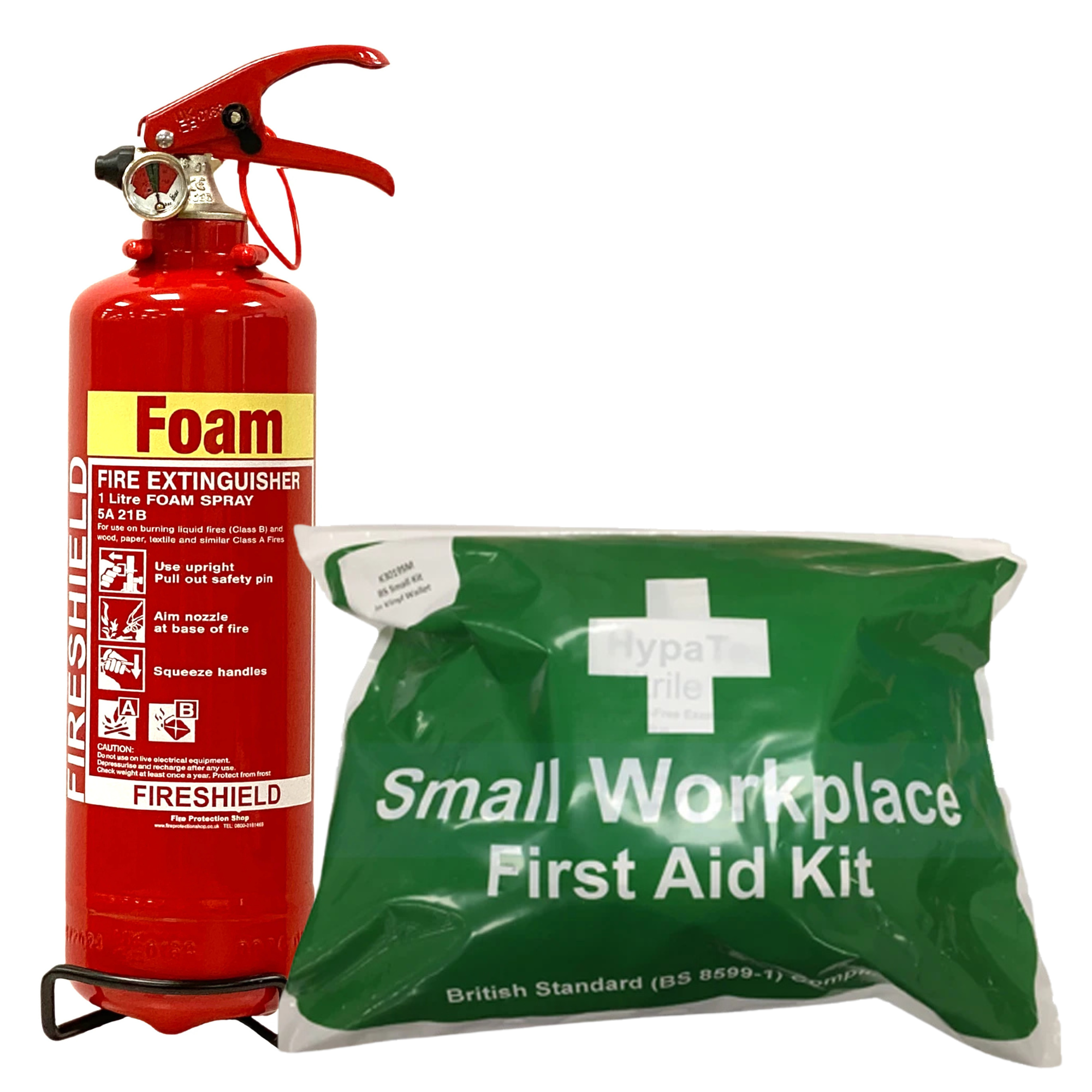
ex vat
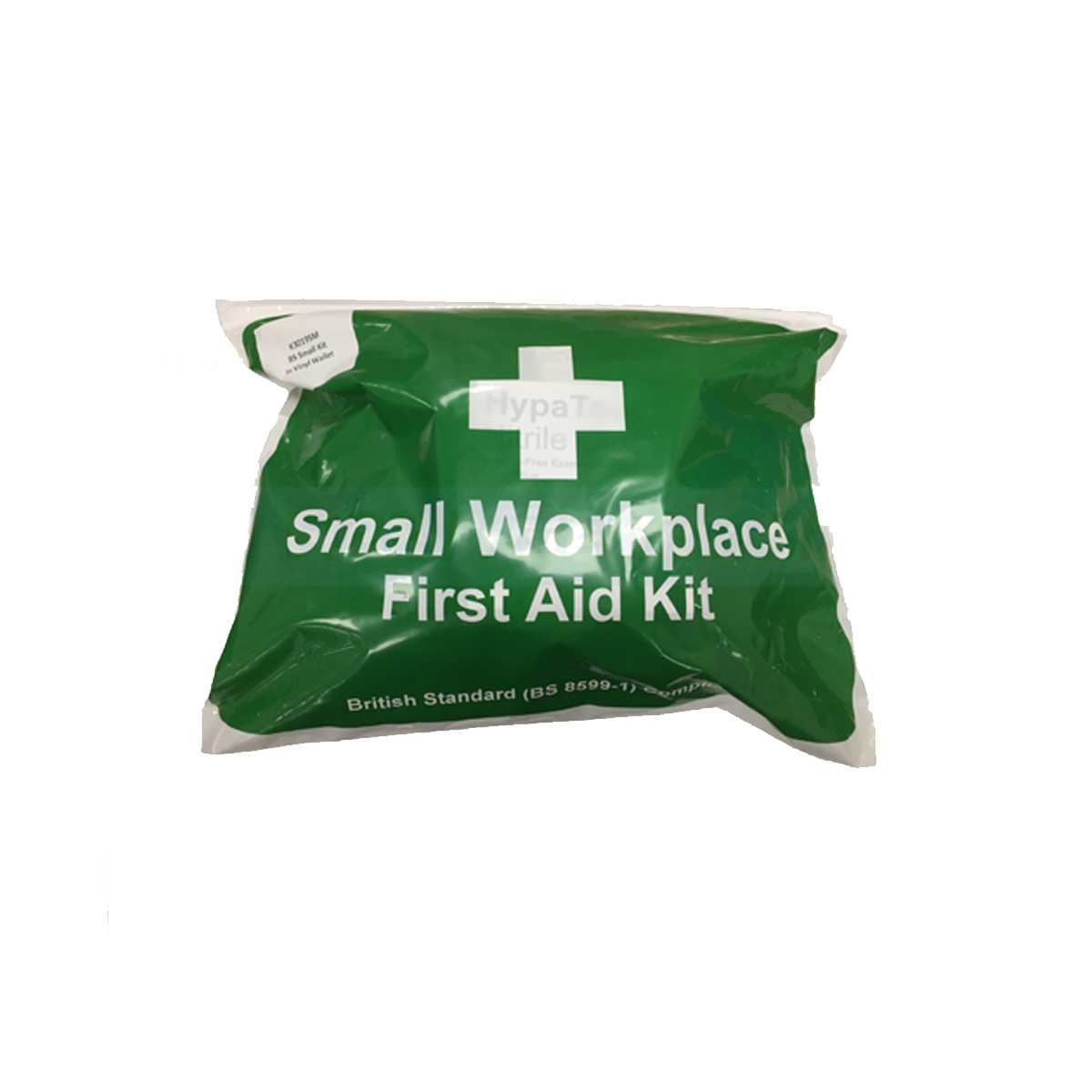
ex vat
For vans, especially those used for commercial purposes, UK guidelines recommend carrying an ABC dry powder fire extinguisher. A 2kg extinguisher, securely stored in the cab with a transport bracket, is typically sufficient for most commercial vehicles that do not transport dangerous goods.
For vehicles carrying dangerous goods under the Carriage of Dangerous Goods (CDG) regulations, the required amount of dry powder is determined by the vehicle's permissible mass. For instance, a vehicle with a maximum mass of up to 3.5 tonnes should have a 2kg dry powder extinguisher in the cab, as well as an additional 2kg extinguisher stored securely elsewhere in the vehicle.

Electric vehicles (EVs) in the UK require specialised fire extinguishers because of the unique risks associated with lithium-ion batteries. The LFX from Commander is specifically designed to tackle fires involving lithium-ion batteries. It is crucial for EV owners to consider having this type of fire extinguisher readily available to effectively manage potential battery fires.
Although there is no recognised BS EN3 certificate for portable fire extinguishers specifically for lithium-ion battery fires, KIWA and the Royal Netherlands Standardisation Institute have developed a technical guideline. This guideline tests the suitability of portable fire extinguishers for lithium-ion battery fires with capacities up to 600 Wh.

We use cookies to enhance your site experience. Choose your preferences below.

